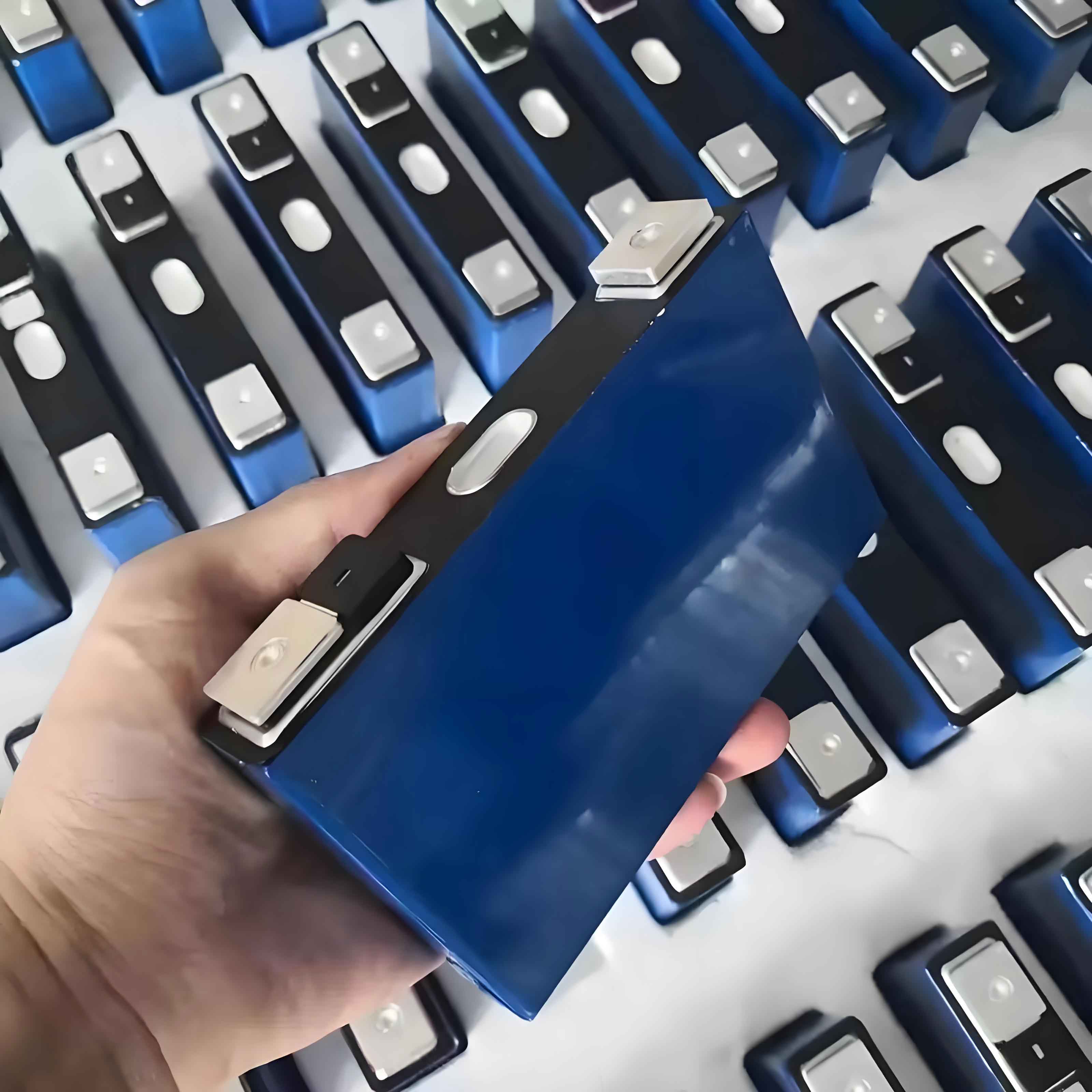The rapid proliferation of lithium-ion batteries, particularly LiFePO4 batteries, in energy storage and portable electronics has led to a pressing need for sustainable recycling solutions. By 2030, over 11 million metric tons of spent lithium-ion batteries are projected to accumulate globally, yet less than 5% are currently recycled. This study presents an innovative approach to recover iron (Fe) and lithium (Li) from spent LiFePO4 batteries using a ternary deep eutectic solvent (DES) composed of choline chloride, ascorbic acid, and ethylene glycol. The method addresses environmental and efficiency challenges associated with conventional hydrometallurgical processes, offering a greener and more effective alternative.

1. Introduction
LiFePO4 batteries dominate the market due to their high energy density, thermal stability, and cost-effectiveness. However, their disposal poses significant environmental risks due to toxic electrolytes and valuable metal content. Traditional recycling methods, such as pyrometallurgy and acid leaching, face limitations like high energy consumption, hazardous waste generation, and low selectivity. Deep eutectic solvents (DESs), emerging as eco-friendly alternatives, enable efficient metal recovery under mild conditions. This work investigates a ternary DES system for leaching Fe and Li from spent LiFePO4 batteries, optimizing parameters and elucidating the underlying mechanisms.
2. Materials and Methods
2.1 DES Composition and Preparation
The ternary DES was synthesized by mixing choline chloride (HBA), ascorbic acid (HBD), and ethylene glycol (HBD) at molar ratios ranging from 1:1:2 to 1:1:6. The solvent’s low melting point and high polarity enhance metal dissolution while minimizing energy input.
2.2 Experimental Setup
- Materials: Spent LiFePO4 batteries were disassembled, discharged, and processed to isolate cathode materials.
- Reagents: Choline chloride (98%), ascorbic acid, and ethylene glycol were used without purification.
- Equipment: Atomic absorption spectrophotometry (AAS), X-ray diffraction (XRD), and scanning electron microscopy (SEM) were employed for analysis.
2.3 Leaching Procedure
500 mg of LiFePO4 cathode powder was mixed with DES in a 100 mL round-bottom flask. Parameters such as temperature (50–90°C), liquid-to-solid ratio (0.05–0.4 mL/mg), and time (5–60 min) were varied to optimize leaching efficiency. The leaching rate (xx) was calculated as:x=ρBρB0×100%x=ρB0ρB×100%
where ρBρB and ρB0ρB0 represent the metal concentrations in the leachate and original cathode, respectively.
3. Results and Discussion
3.1 Optimization of Leaching Parameters
3.1.1 Temperature
Temperature profoundly influenced leaching efficiency (Table 1). At 80°C, Li and Fe recovery peaked at 96% and 98%, respectively. Elevated temperatures reduced solvent viscosity and accelerated reaction kinetics.
Table 1. Effect of temperature on leaching efficiency
| Temperature (°C) | Li Recovery (%) | Fe Recovery (%) |
|---|---|---|
| 50 | 72 | 75 |
| 60 | 82 | 85 |
| 70 | 90 | 93 |
| 80 | 96 | 98 |
| 90 | 95 | 97 |
3.1.2 Liquid-to-Solid Ratio
A ratio of 0.1 mL/mg maximized metal recovery (Figure 1). Higher ratios diluted the solvent, reducing ion concentration gradients and slowing dissolution.
Table 2. Effect of liquid-to-solid ratio on leaching efficiency
| Ratio (mL/mg) | Li Recovery (%) | Fe Recovery (%) |
|---|---|---|
| 0.05 | 82 | 84 |
| 0.1 | 96 | 98 |
| 0.2 | 89 | 91 |
| 0.4 | 75 | 78 |
3.1.3 Ethylene Glycol Content
A molar ratio of 1:1:3 (choline chloride:ascorbic acid:ethylene glycol) yielded optimal results. Excess ethylene glycol diluted active species, impairing leaching.
3.1.4 Time
Leaching equilibrium was achieved at 60 min (Figure 2). Initial rapid kinetics (0–40 min) transitioned to slower rates as concentration gradients diminished.
3.2 Kinetics and Mechanism
The leaching process adhered to the chemical reaction-controlled model:1−(1−x)13=k3t1−(1−x)31=k3t
where k3k3 is the rate constant. High correlation coefficients (R2>0.95R2>0.95) confirmed this model’s validity (Table 3). Activation energy calculations further supported surface chemical reactions as the rate-limiting step.
Table 3. Kinetic parameters for Li and Fe leaching
| Metal | k3k3 (min⁻¹) | R2R2 |
|---|---|---|
| Li | 0.021 | 0.97 |
| Fe | 0.025 | 0.96 |
3.3 Structural Analysis
SEM revealed significant morphological changes in LiFePO4 particles post-leaching. Pristine cathode materials exhibited smooth surfaces (Figure 3a), whereas leached residues showed fragmentation and roughness (Figure 3b), indicating effective crystal lattice breakdown.
4. Reaction Mechanism
The ternary DES facilitates metal recovery through synergistic effects:
- Protonation: H⁺ from ascorbic acid attacks LiFePO4, releasing Li⁺ and Fe²⁺:
LiFePO4+H+→Li++Fe2++HPO42−LiFePO4+H+→Li++Fe2++HPO42−
- Complexation: Cl⁻ from choline chloride stabilizes Fe²⁺ as [FeCl4]2−[FeCl4]2−:
Fe2++4Cl−→[FeCl4]2−Fe2++4Cl−→[FeCl4]2−
- Solvation: Ethylene glycol enhances ion mobility and stabilizes the reaction medium.
5. Conclusion
This study demonstrates that a choline chloride/ascorbic acid/ethylene glycol DES achieves 96% Li and 98% Fe recovery from spent LiFePO4 batteries under optimized conditions (1:1:3 molar ratio, 0.1 mL/mg, 80°C, 60 min). Kinetic analysis confirms chemical reaction control, while SEM validates structural degradation. Compared to traditional methods, the DES-based process reduces environmental impact and operational costs. Future work should focus on solvent regeneration and scalability for industrial adoption.
